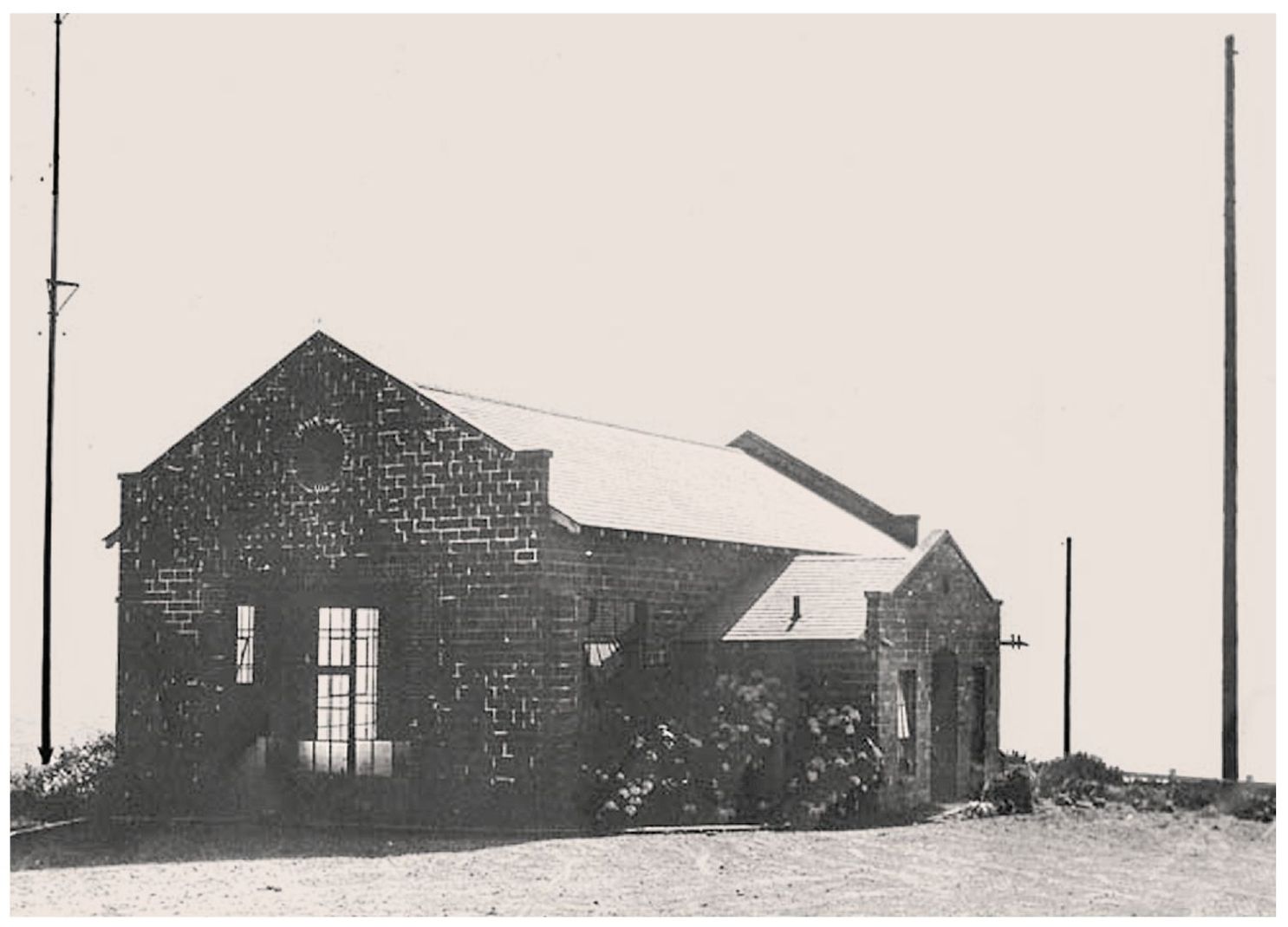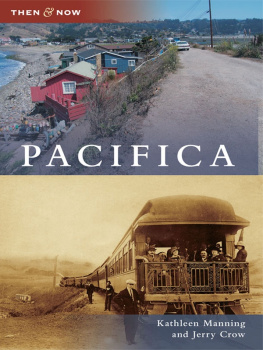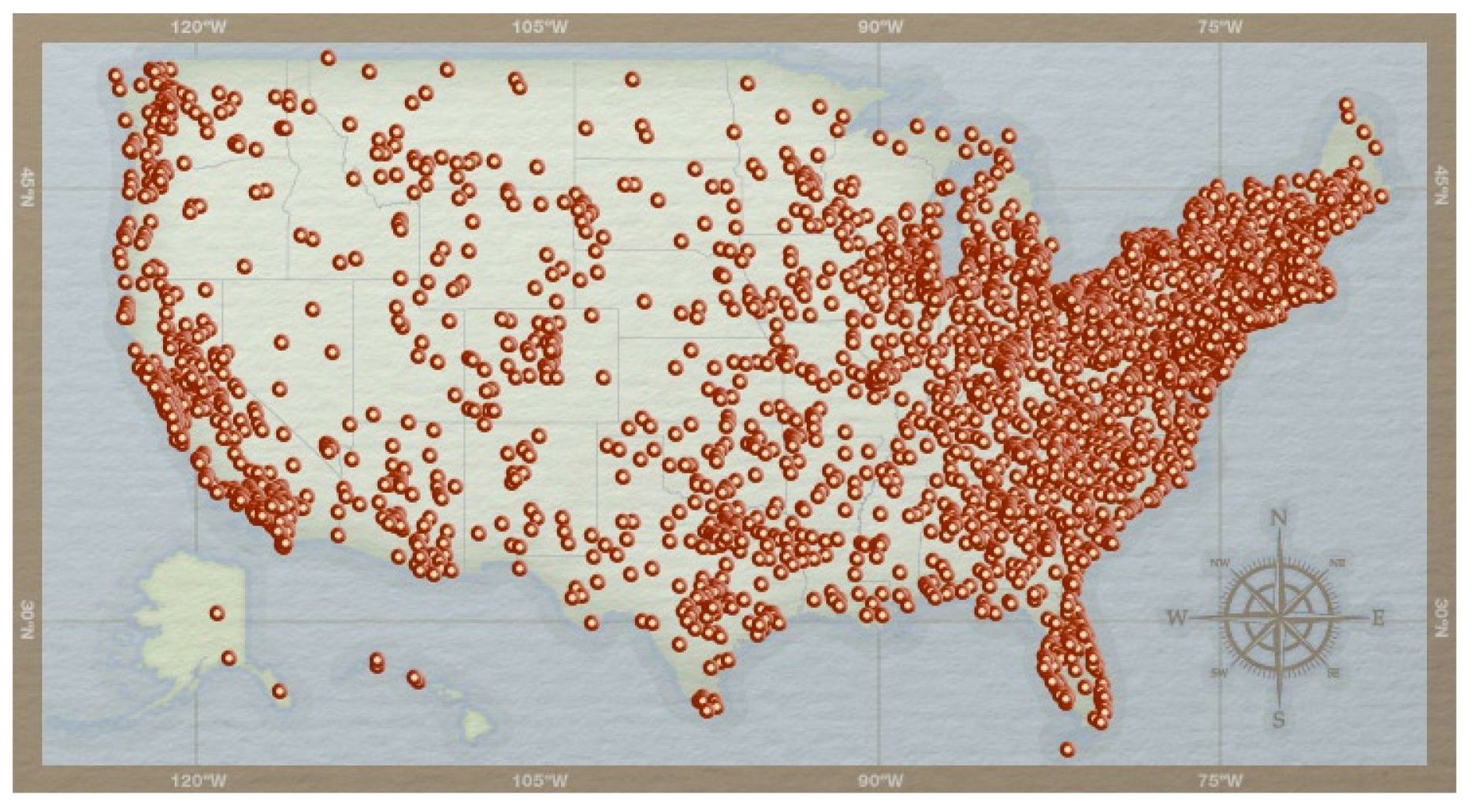ACKNOWLEDGMENTS
Many of the vintage photographs in this book were previously published in Arcadias Images of America: Pacifica , by Chris Hunter. Our thanks to the Pacifica Tribune and the Pacifica Historical Society, Chris Hunter, and Bill Drake for the use of those images. For the other Then images, our thanks to:
Bruce Walker (pages 11, 16, 40, 56, 62)
Ray Higgins (12)
Metha McDavid (17)
? MacDonald (an early developer whose first name is unknown) (23, 46, 53)
Bob Seibert (26, 33, 35)
U.S. Army (36, 43)
Shirlee Gibbs (37)
Eileen Kewnig (38)
Robin Gaio (39)
CalTrans (42)
B. A. Lang (45)
Dan Peters (50)
U.S. Coast Guard (51)
Lee Forster (52)
Lloyd Easterby (68, 76, 77)
Jack W. Chaplin (72)
Alice Blankfort (78)
Joe Fulford (90)
The modern photographs were taken by the authors.
Special thanks to Connie Brown, Charlise Heiser, Steve Merring, and Bill Hall. Sandy Cavallaro was indispensable, both for her long hours of skillful efforts and her unfailing good-humored patience in formatting and organizing the materials for this book.
Find more books like this at
www.imagesofamerica.com
Search for your hometown history, your old
stomping grounds, and even your favorite sports team.
CHAPTER 1
PACIFIC MANOR
Pacific Manor includes the first housing development along the north San Mateo County coast, Edgemar, plus Fairmont, Fairmont West, and Pacific Heights. Although rural in the 1890s, it was home to the original San Pedro School near Hickey Boulevard and Skyline Boulevard. In John Barleycorn , author Jack London credits his teacher there with awakening his love of books. He also mentions some of the lively doings at the Morrisey ranch house, which still exists on Monterey Road.
The first wave of farmers to settle along the San Mateo north coast in the 1860s were Irish farmers who planted mainly potatoes in the sandy soil. This crop flourished for a time but was wiped out by blight in the late 1800s. Beginning in the 1880s, Italian farmers followed and introduced crops such as artichokes, brussels sprouts, and cabbage, all of which did very well in the often-foggy coastal climate. Today the Manor Plaza Shopping Center and adjacent commercial areas occupy much of the area formerly devoted to crops.
Dollaradio was later renamed Globe Wireless. The transmitting station along with its antennae was located on a hill near the receiving station. Many changes have occurred to the area over the years, and the Globe Wireless entity is long gone from California, although it still exists as Globe Telecom, a division of communications giant BayanTel in the Philippine Islands.
Pacific Manor School was originally built on a parcel with part of the Ocean Shore Railroad right-of-way running through the playground. When the school was modernized in 2005, the Pacifica School District acquired clear title to the right-of-way in order to build more classrooms on the site, which it renamed Ocean Shore School.
Hog Ranch Road was a twisting link between Colma, a former center of numerous hog ranches, and coastal farms for many decades. During dense fogs, passengers often stepped out to guide their drivers around the tricky curves. In 1958, construction of the Edgemar Freeway (since renamed in honor of Louis J. Papan, former California assemblyman) replaced the torturous old road with a few sweeping curves. This section of State Highway 1 still retains the breathtaking view that opens before drivers as they first come over the ridge north of town.

In 1926, Capt. RobertDollarestablishedDollaradio, the first private-sector worldwide wireless radio network, to maintain communications with his expanding fleet of ocean liners. Regarded by professional maritime telegraphers as having the best wireless reception on the West Coast, this Dollaradio receiving station was the link with Little America, the United States base in Antarctica, over which came the first word that Adm. Richard Byrd had successfully flown over the South Pole on November 29, 1929. The building has been expanded into a residence and remains overlooking the Pacific Ocean.

This 1942 view of the Manor District is looking down from the corner of Farallone Avenue and Channing Way toward the Pacific Ocean. In the distance near todays Ocean Shore School, there are wooden army barrackspart of the World War II coastal defense system. The large stretches of open, sandy land were ideal for the cultivation of artichokes and brussels sprouts. Todays view shows a totally urbanized metropolitan area with the same breathtaking ocean view.
The bluffs in the northern third of Pacifica are particularly susceptible to erosion by wave action. Over many centuries, the coast has retreated at an average rate of 3 inches per year. The local bluffs are mostly stable, but especially fierce storm seasons undercut significant pieces of ground. Seawalls of large boulders have done much to retard this process, as is shown by the comparison of damage done in 1983 at Pacific Skies Estates and the condition of the same bluff now.



























